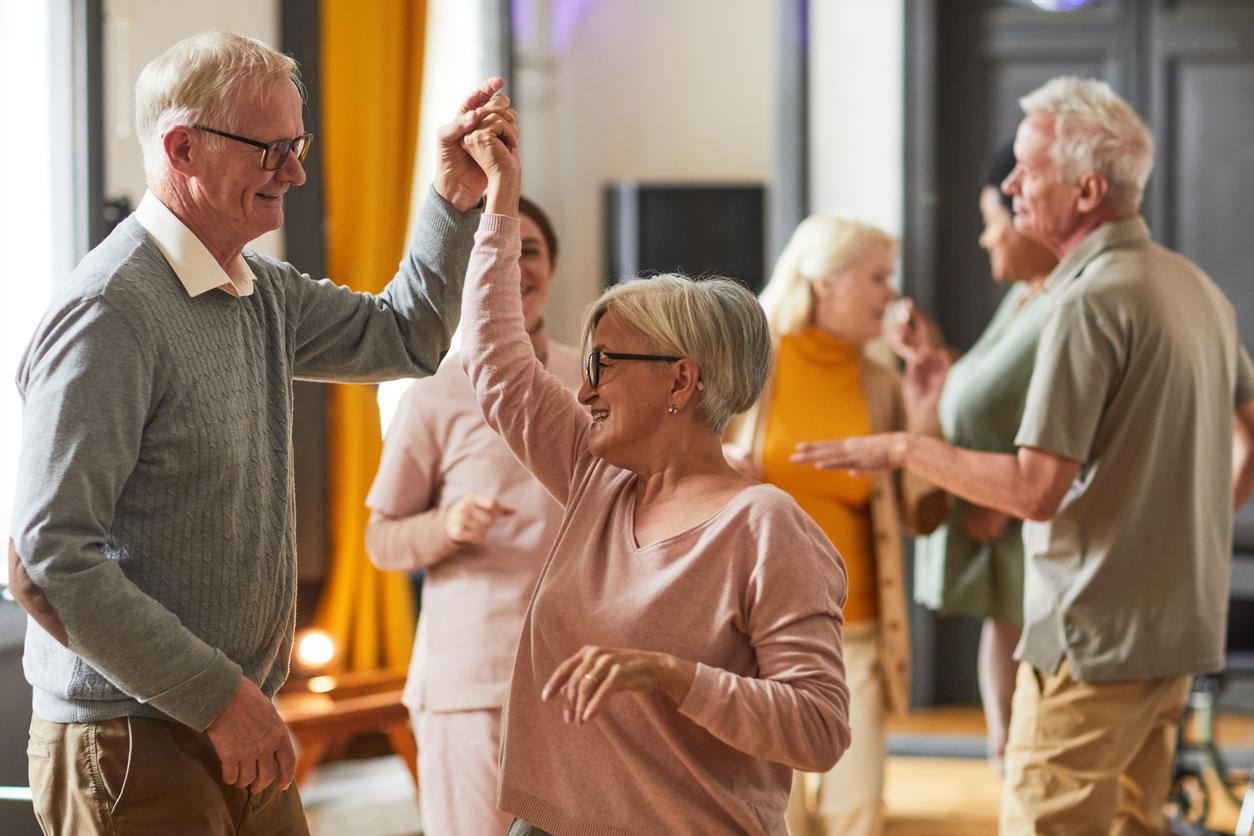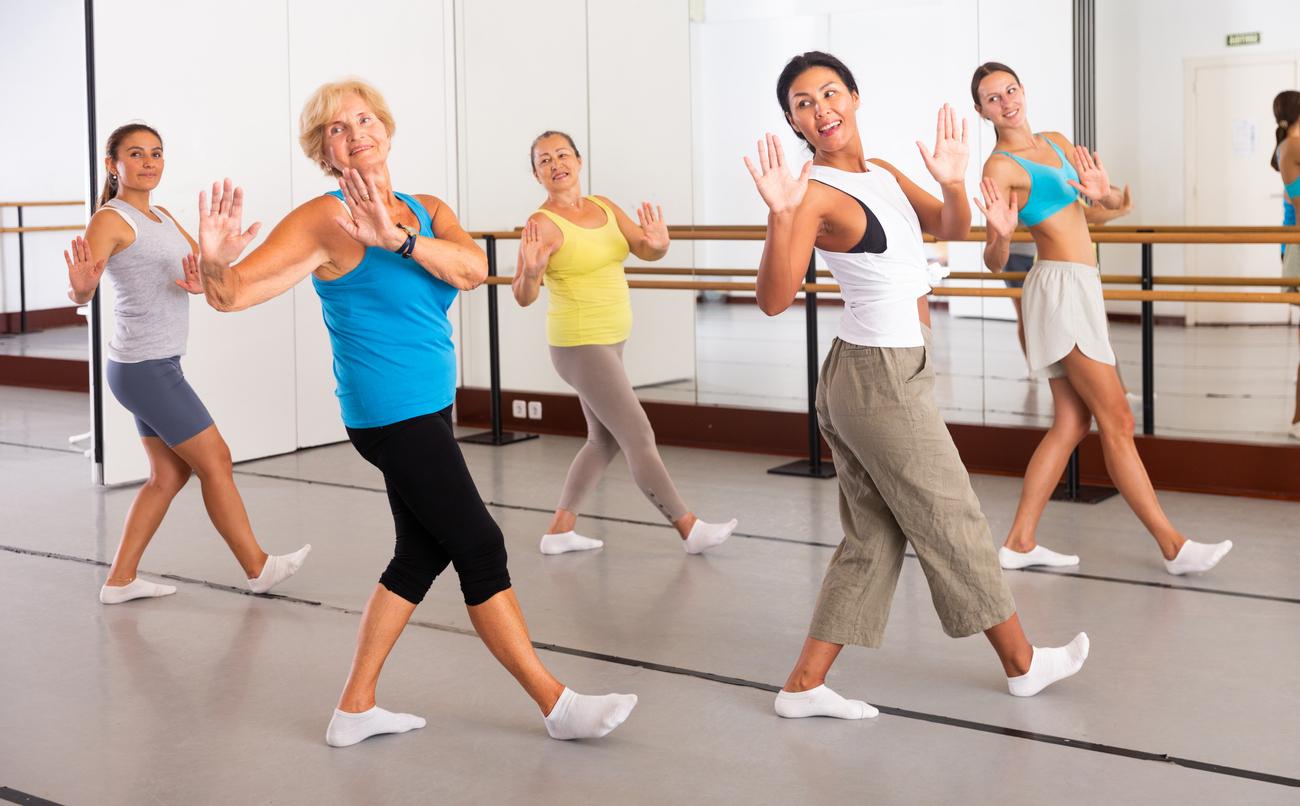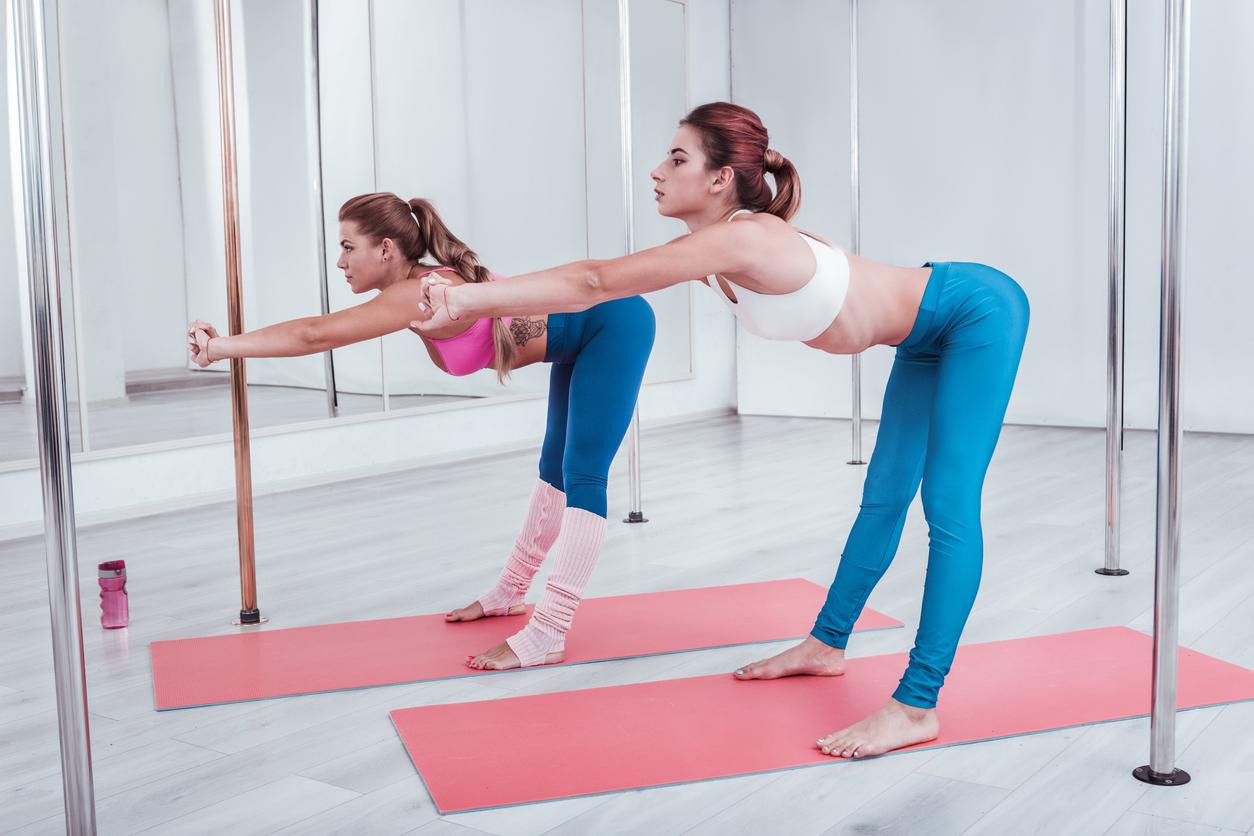
Mentally stronger through dance
Dancing is fun and it makes your body more powerful, flexible and better balanced. It is also used against a broken marriage or a burnout. “Dance changes your outlook on life.”
He was only 37 years old and director of a dance company when he started having trouble moving. Marc Vlemmix (45) turned out to have Parkinson’s. Vlemmix: “My own dancers gave me an idea. They train their strength, flexibility and balance on a daily basis. Things I also had to focus on with my illness. I thought: why do boring, confrontational exercises when you can dance too? first time I hit the dance floor, I felt liberated.”
Vlemmix founded the Dance for Health foundation, which provides dance programs throughout the country to people with diseases such as rheumatism, Parkinson’s and MS. He tells about one of his first students: a patient who shuffled into the workshop, slightly bent over, taking small steps. On his right hand supported by his wife, on his left a walking stick. “We started with the first dance exercises and by the minute the smile on his face grew wider. By the time we asked him to stand on one leg, his wife and the neurologist looked a little concerned. But he did it without any effort. On day three, his cane was left in the exercise room. And on day four, he walked all the way home.”
Join the music
From a slow, stiff patient to someone who is spinning again… Is dance a panacea? “Your illness will not disappear with it”, says Marc Vlemmix, “but that dance improves balance, motor skills and walking speed has been shown by countless studies.”
Just as stutterers sometimes get the words out of their mouths much more smoothly when they sing, dance helps the body move more freely when it’s ‘stuck’, says Vlemmix. Not only in Parkinson’s, but also in, for example, rheumatism and MS. Dance for Health has also started dance programs for these diseases. Vlemmix: “If you have a disease like Parkinson’s, you have to think about every movement: consciously raise your arm, consciously put one leg in front of the other. When you dance, you don’t need all that thinking. You just let yourself be carried away by the music. The head goes ‘off’ for a while.”
In addition, while dancing, you create substances that help with various ailments. Because of the released endorphins you have less pain; the released dopamine makes you happy. “And dancing makes you more creative,” says Vlemmix. “When I have a ‘freeze’ – a moment when all my movements stop – I can now sometimes get out of it more easily with a twist from my dance repertoire. The positive effect experienced on the dance floor also translates into everyday life. People with rheumatism who could no longer hold a rake can now garden again. Patients who could no longer take a jar off the shelf can now reach for the kitchen cupboard again.”
Mentally stronger through dance
Renate Hoenselaar, chairman of the Dutch Association for Dance Therapists, also sees that dancing helps people to ‘get out of their heads’ and that it gets them moving again. As a dance therapist she mainly treats people with depression, trauma, anxiety, burnout or other psychological problems. Hoenselaar: “They have often already been to a psychologist and they know exactly what is going on. They have gone beyond their limits for far too long. Have ignored signals from their bodies. Always taking care of others. They can tell it very well, but they can’t do it differently.” It is something Hoeselaar sees in the simple movements with which she starts a dance therapy session. “Those who do not dare to set limits, who do not dare to confront, often have very little strength in the movement. You can work on that in dance. By practicing standing firmly and performing very direct movements, you integrate those ‘new’ movements into your body. And because you start to feel it in your body, your attitude, your head and your behavior will slowly change.
It is becoming ‘normal’ to radiate control. To be direct instead of vague.” Perhaps the most beautiful are the effects of dance on partners who come to Hoenselaar for couples therapy. “Where the quarrels remain at home about the socks next to the laundry basket or the dishwasher that is unloaded incorrectly, it often becomes immediately clear on the dance floor what it is really about. Recently I asked a couple to get into one rhythm walking together. The man – with his eyes fixed on his wife – first stopped, then followed her very close to her at the same pace. The woman literally ran off, moving way too fast. A clear image. And an eye opener for both. He didn’t realize how much he was always on top of her; she didn’t realize how little she usually lets him know what’s going on inside her. Dance can help people realign themselves.”
The power of art
According to Marc Vlemmix, the special effect of dance is greater than the visible improvements in movement. “Something else is happening. Dancing changes your view of life. You change from patient to dancer. Instead of being cared for, you are challenged. You no longer look from problems, but from possibilities.”
And his blossomed student? On the last day of the workshop, he arrived in an Italian tailored suit. “Upright, proud, without a walking stick, without a woman,” says Vlemmix. “He was the shining star of the piece we performed. And the moment we switched the music from Stravinsky’s Le Sacre du printemps to Queen’s I Want to Break Free, everyone started dancing, clapping and jumping, in complete freedom. I have never felt so strongly the power of creativity, the power of art, the power of dance.”
Is dance therapy for me?
Consider a treatment on the dance floor if…
- talking alone is not enough.
- physical symptoms recur.
- you learn more easily by doing, experiencing and feeling.
- you want to stimulate the brain by learning something new.
- you want to know how the body can be supported in daily life.
- you like to dance (even if you don’t have a sense of rhythm).
Tips from Renate Hoenselaar: Which dance works for what?
- Rheumatism: gentle and even movements in a calm flow.
- Parkinson’s: more dynamic dancing, in which you move through the space to strong rhythms.
- Learning to set boundaries: tango.
- Processing traumas: free expression.
- Gain strength: African dances.
- Stimulate the brain: dance in which you learn a choreography.
- But above all, do what works for you. “While one person thrives on calm piano music in the event of a depression, the other prefers to stamp on the floor”, emphasizes Renate Hoenselaar.
More information about…
- Dance for Health Foundation: danceforhealth.nl
- Dutch Association for Dance Therapy: nvdat.nl
- dance therapy: occupational therapy.nl
This article previously appeared in Plus Magazine June 2018. Not yet a Plus Magazine subscriber? Becoming a subscriber is done in no time!
Sources):
- Plus Magazine















